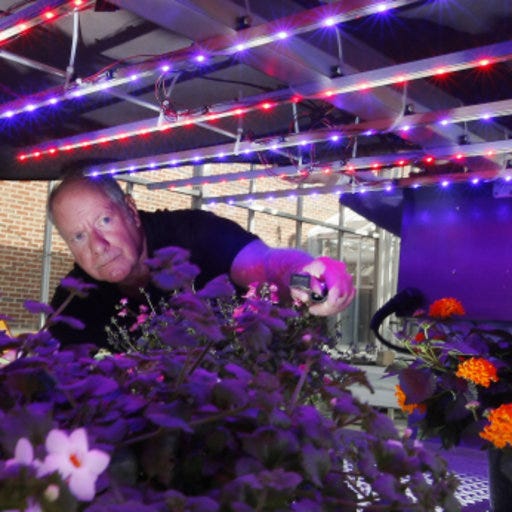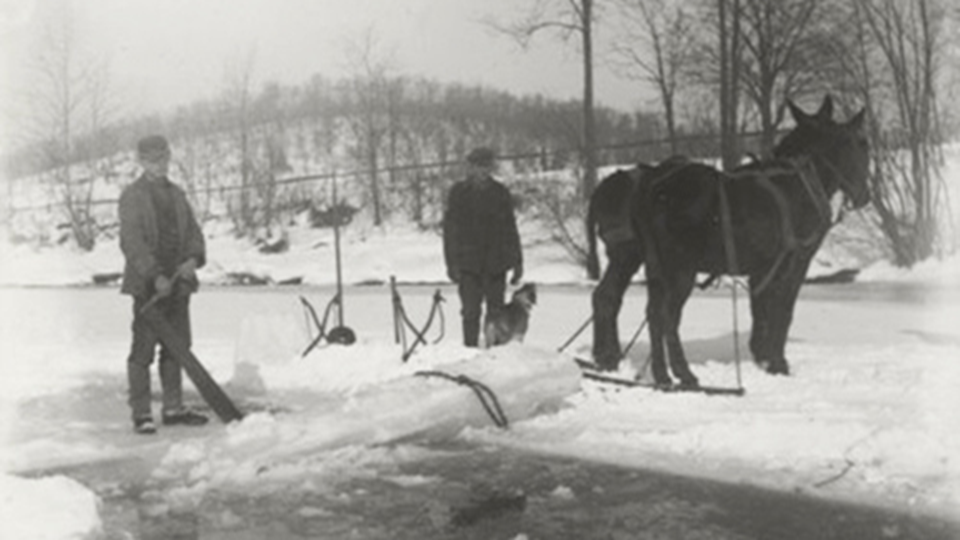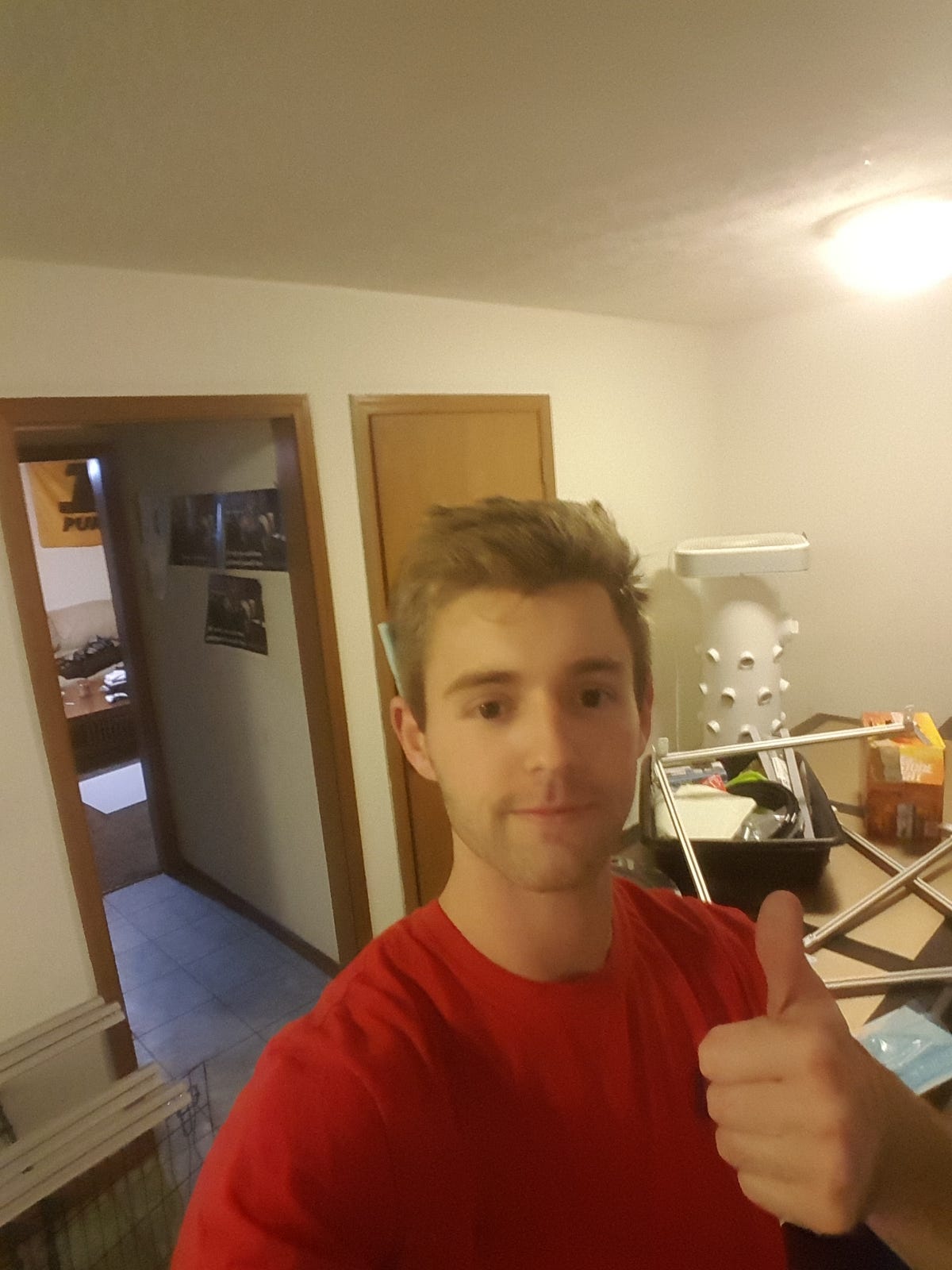http://www.vanderburghsheriff.com/recent-booking-records.aspx
The Next Frontier of Agriculture
I gave a TEDx Talk at Wabash College not long ago that gave a glimpse as to why I chose to co-found Heliponix. We could only fit so much content in a 10-minute segment, so I saw it fitting to provide a written explanation to tell the full story.
I was extremely fortunate to receive an internship the summers of 2014 and 2015 after my freshman and sophomore years at Purdue University working as a mechanical engineer for a company in the oil and natural gas industry that manufactured fluid control equipment in my hometown of Evansville, Indiana of about 120,000 people. Known for manufacturing, Evansville was once called The Refrigerator Capital of the World at the height of its appliance manufacturing productivity. Although I was surrounded by great co-workers who enriched my technical knowledge, I did not feel like this industry was right for my career.
Then one day during my junior year (Jan. 2016), I received a mass email from my college about a job opening at the horticultural college looking for an engineer familiar with fluid control systems for a hydroponic research project. I responded out of curiosity to see if I could at least learn more about other industries to strength my project experience portfolio, but I knew absolutely nothing about plant science. With luck, my email with resume and cover letter was well received, and I was invited into an interview with Dr. Cary Mitchell.
Dr. Mitchell expressed concerns for my generation’s ability to grow enough food to meet the growing, global demand. Global food outputs must increase by 70% as we exceed 9 billion people in 2050 according to the UN. Agriculture accounts for 50% of land use, and 80% of freshwater consumption in the USA. To put it simply, we will run out of the land and water needed to produce enough food with our current consumption/production rates within the next thirty years.
Dr. Mitchell explained a new concept to me called CEA, controlled environment agriculture. It is exactly as it sounds, the practice of making an automated, indoor farm that used hydroponics. Hydroponics is a method of growing plants using no dirt, but only nutrient-rich water recirculated over the roots in a closed loop. By keeping the nutrients dissolved in the water in near constant circulation, plants could grow three times faster than they would outdoors. To put this in perspective, a lettuce farmer can typically grow a full head outdoors in 2–3 months, but hydroponics could grow lettuce in just 30 days or less in some circumstances. Most hydroponic systems are in controlled greenhouses, so a hydroponic farmer could harvest every month of the year without any pesticides and 95% less water by eliminating runoff. CEA is essentially a twelve times increase in productivity compared to conventional soil farming methods limited to one season a year. Additionally, a vertical farm that stacked layers of growing planes could multiply yields even further!

Dr. Mitchell was seeking assistance in the fluid control design for a hydroponic research apparatus called the minitron 3funded through a NASA grant. Within my lifetime, permanent space colonies will be established on Mars which creates a need for a sustainable food supply. It is not feasible to regularly ship tons of food from Earth, so they must be able to grow their own food. However, there are still challenges holding back the industry’s complete fruition.





